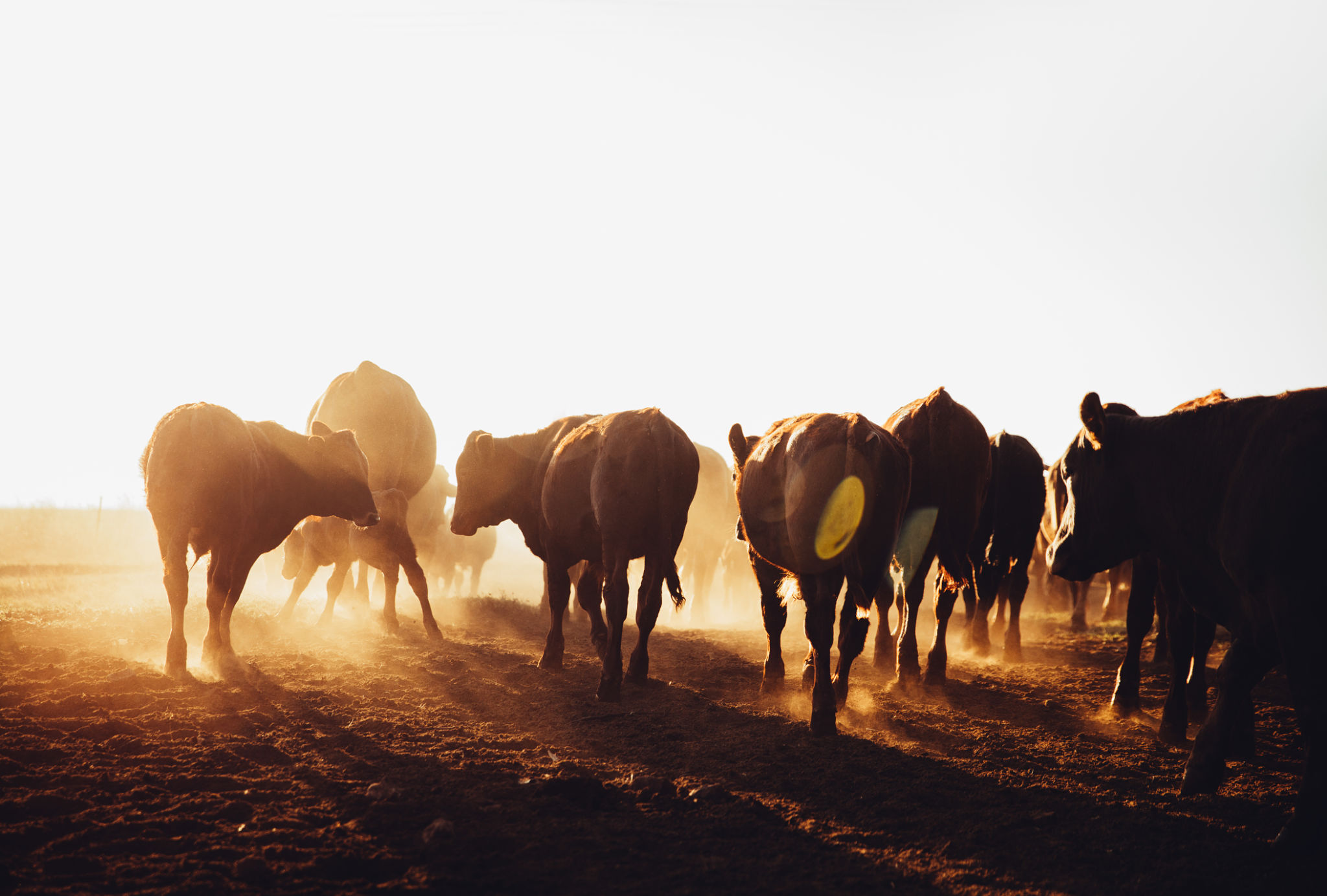Common Misconceptions About Beef Exports: What Asian Importers Need to Know
OP
Understanding Beef Export Dynamics
Beef exports are a critical component of the global meat industry, with a significant portion of this trade directed towards Asian markets. However, there are many misconceptions surrounding beef exports that can lead to misunderstandings or missed opportunities. For importers in Asia, it's vital to have a clear understanding of these dynamics to make informed decisions.

Not All Beef Is the Same
One common misconception is that all beef is created equal. In reality, the quality and type of beef can vary significantly depending on factors such as breeding, feeding practices, and processing methods. Importers should be aware of the specific standards and certifications that apply to different beef products and choose suppliers who meet these criteria to ensure high-quality imports.
Moreover, the preferences for beef cuts can differ greatly across Asian countries. Understanding these preferences can help importers select the right products that will appeal to their local markets.
Regulatory Compliances and Standards
Another area of confusion often lies in regulatory compliances. Beef exporting countries are subject to stringent health and safety standards. Importers must ensure that the beef they purchase complies with both international and local regulations. This includes understanding any trade agreements or tariffs that may affect pricing and availability.

Staying updated on changes in these regulations is crucial for maintaining smooth operations. Importers should collaborate with exporters who are knowledgeable and transparent about compliance issues.
Sustainability and Ethical Concerns
With increasing global attention on sustainability, many importers are concerned about the environmental impact of beef production. It's important to recognize that many exporters are adopting more sustainable practices to reduce their ecological footprint. Importers should seek out producers who prioritize sustainability in their operations.
Additionally, ethical concerns such as animal welfare are becoming more prominent. Importers should consider sourcing from exporters who adhere to humane practices in cattle rearing and processing.

Price Fluctuations Are Normal
Price volatility is another misconception that can cause anxiety among importers. Prices for beef can fluctuate due to factors like weather conditions, feed costs, and market demand. Rather than viewing this volatility as a negative, importers should see it as an opportunity to negotiate better deals by understanding market trends.
Building strong relationships with suppliers can also help mitigate these fluctuations by securing more stable pricing agreements over time.
The Role of Technology
Technology plays a vital role in modernizing the beef export industry. From blockchain for traceability to automated logistics systems, technology is enhancing transparency and efficiency across the supply chain. Importers who leverage these technologies can gain a competitive advantage by ensuring product quality and improving operational efficiency.

Importers should partner with tech-savvy exporters who use advanced systems to manage their operations, ensuring a smoother and more reliable supply chain.
Embracing Opportunities in Beef Exports
By debunking these common misconceptions, Asian importers can make more informed decisions and capitalize on the growing demand for beef in their markets. A clear understanding of quality differences, regulatory standards, sustainability practices, price dynamics, and technological advancements will position importers for success in the beef export industry.
With the right knowledge and partnerships, importers can turn challenges into opportunities and contribute to a thriving international trade ecosystem.
